

A new face in the UK sales team!
Louis Wilmot joined Pi at the beginning of January 2022 to provide sales and applications support to Pi’s customers in the South, South West, Midlands, North West of England and
The OzoSense Online Dissolved Ozone Monitor from Pi for the measurement of the ozone concentration in water, is designed to be simple to install and operate, and offers unrivalled stability, accuracy and precision, whilst offering excellent value for money.
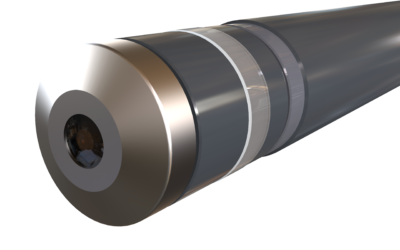

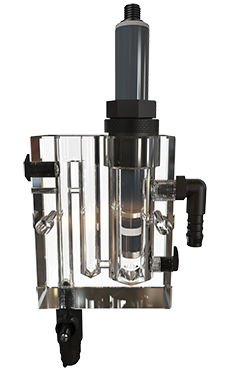

As described elsewhere, the OzoSense can come equipped to automatically clean itself at user defined intervals with all the benefits of no operator intervention. The AutoFlush is particularly useful in food preparation, pulp and paper, and many applications where there is likely to be a build up of solids in the sample.
Pi offers ozone sensors from a range 0.05-0.2, 0.05-0.5, 0.05-2, 0.05-5, 0.05-10, 0-20 mg/l (ppm).
When you add ozone to seawater it reacts with the bromide salt in seawater and you get bromine. Pi offers a total bromine sensor for this application. Click here.
This depends on the application. The online residual ozone sensors have a very low drift so most people calibrate it either once a week or once a month.
Every 3-6 months.
There will be a small response to residual chlorine (<2%) and also to chlorine dioxide (<7%) for the membraned sensor. There could be other interferences. Please contact Pi for details.
The sensor operates at a positive voltage all of the time so any drift on the zero is negligible compared to the positive operating voltage so no zero is necessary.
Nothing! The sensor has a thermistor that measures the temperature and does an automatic compensation.
Use a handheld meter. These are available from a variety of suppliers and nearly all of them utilise colourimetric DPD to determine the ozone concentration in the sample.
Firstly take the sample from right at the instrument. Secondly don’t take the sample when the concentration is varying quickly, and thirdly use a good quality handheld and follow the instructions carefully.
During calibration the analyser looks at the stability (rate of change) of the signal from the probe and if it varies by more than 10% over the countdown then the analyser prevents calibration to avoid the calibration routine introducing errors.
Ozone disinfects and leaves no taste or odour. In addition, it completely breaks down urea so doesn’t form organochlorine or combined chlorine products.




Membraned sensors come with many advantages over non-membraned sensors such as higher resolutions, fewer interferents and a greatly reduced effect of flow rate changes. These advantages can make a huge difference to the bottom line, particularly if the cost of the chemical being dosed is quite high. For free chlorine sensors, using a membrane can make your measurement much less dependent on pH (if you are using sensors from Pi), meaning your measurement is a more accurate reflection of chlorine residual.
As such, membraned sensors are now largely the norm in residual chlorine measurement and are also prevalent for chlorine dioxide and ozone monitors, but did you know that…
…membraned sensors are sensitive to changes in pressure?
…flow cell outlets can airlock even when water is flowing through them?
…membraned sensors can still be used when the outlet does not go to drain?
…Pi has engineered and designed solutions to all of these potential issues?

Membraned sensors do have one property that needs to be carefully managed; they are sensitive to pressure. Pi was an early adopter of membrane technology, so we know that the installation of these sensors is just as important as the sensor itself. In fact, the same sensors in different flow cells can give very different results.
In order to prevent pressure variations affecting the probe, Pi typically uses open flow cells which eliminate variability in pressure before it reaches the probe.
Whether the sample to the cell is pumped, gravity fed, or comes from a pressurised line, it is important that the flow is controlled to within a range of 350-1000ml per minute, to ensure that sufficient flow is reaching the sensor and to prevent the flow cell overflowing.
If the flow to the cell is variable, Pi can provide a dole valve which controls the flow to approximately 500ml per minute, which prevents the cell from overflowing when pressure variations mean more flow than the cell can handle, while also ensuring adequate flow when the sample line flow/pressure reduces.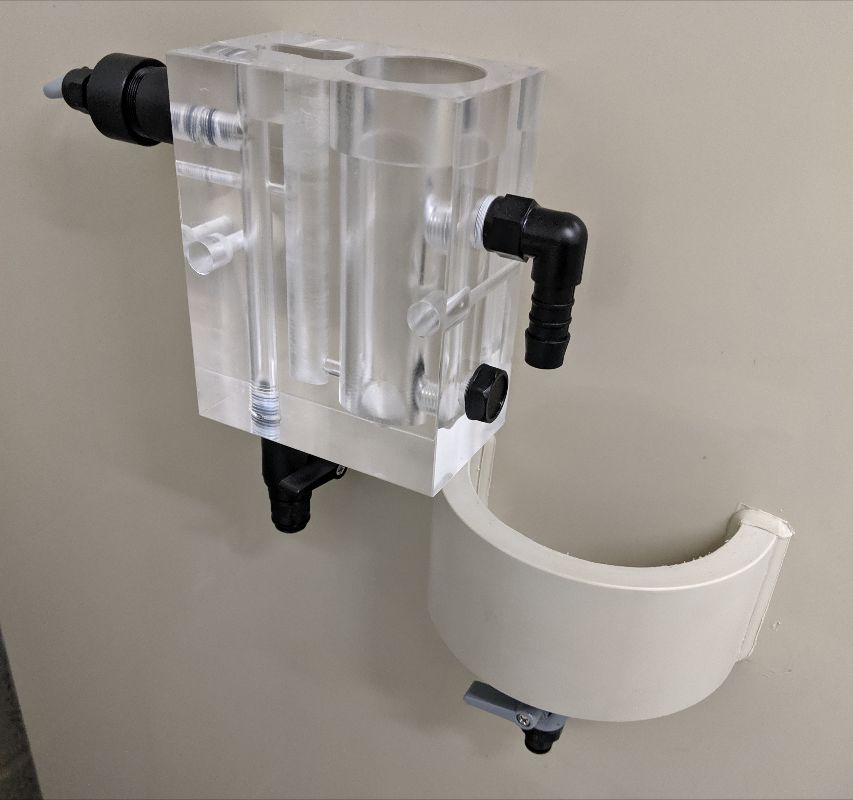

The outlet of the flow cell needs to be open to atmosphere, and completely unobstructed. Any system with a long outlet line (particularly flexible pipe) is prone to get airlocks, which will cause the cell to overflow. Outlets which are visually clear and even have water flowing through them, can be partially airlocked which causes backpressure to overflow the cell. This is very easy to diagnose as if you see the cell overflowing and remove the outlet pipe, you will see the cell go back to normal operations within approximately 10 seconds. If this is a persistent problem, consider putting in an air break using a commercially available tundish.
The water from a membraned sensor doesn’t have to go to drain. For processes where saving water is a high priority, a simple tank and pump system that will pump sample water back into your main process line will allow water losses to be reduced to almost zero. Pi’s CRIUS®4.0 controller can be used to control this return process and ensure that this tank never overflows and can automatically drain itself periodically to avoid sediment build up.
As any water engineer can tell you, no matter how well the system is designed, lines can clog, pumps can break and someone on site could fiddle with the settings. Pi recognises these challenges and has engineered solutions into our systems. All Pi membraned sensors have the option to be able to:
For membraned sensors, the best way of housing a membraned sensor is with an open flow cell. There are some occasions where this solution just isn’t practicable and in those instances the closed flow cells from Pi, which can take an overpressure of up to 3 bar, are the best solution.
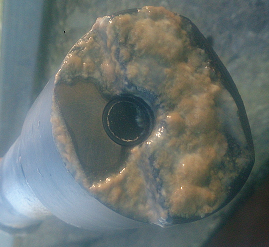





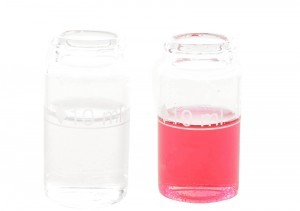

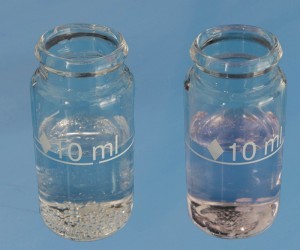

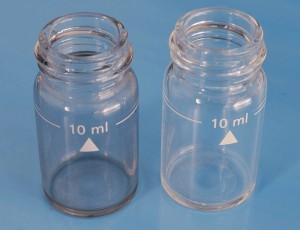

| Document | Type | Size |
|---|---|---|
| OzoSense | Brochure | 684kB |
| Residual Ozone Monitoring and Control | Article | 531kB |
| Using Open Flow Cells with Membraned Sensors | Technical Note | 762kB |
| DPD Checklist | Technical Note | 487kB |
| Probe Fouling | Technical Note | 459kB |




Click on the following for help
> Help with your application
> Technical help with your Analyser
> Help choosing a product


Louis Wilmot joined Pi at the beginning of January 2022 to provide sales and applications support to Pi’s customers in the South, South West, Midlands, North West of England and
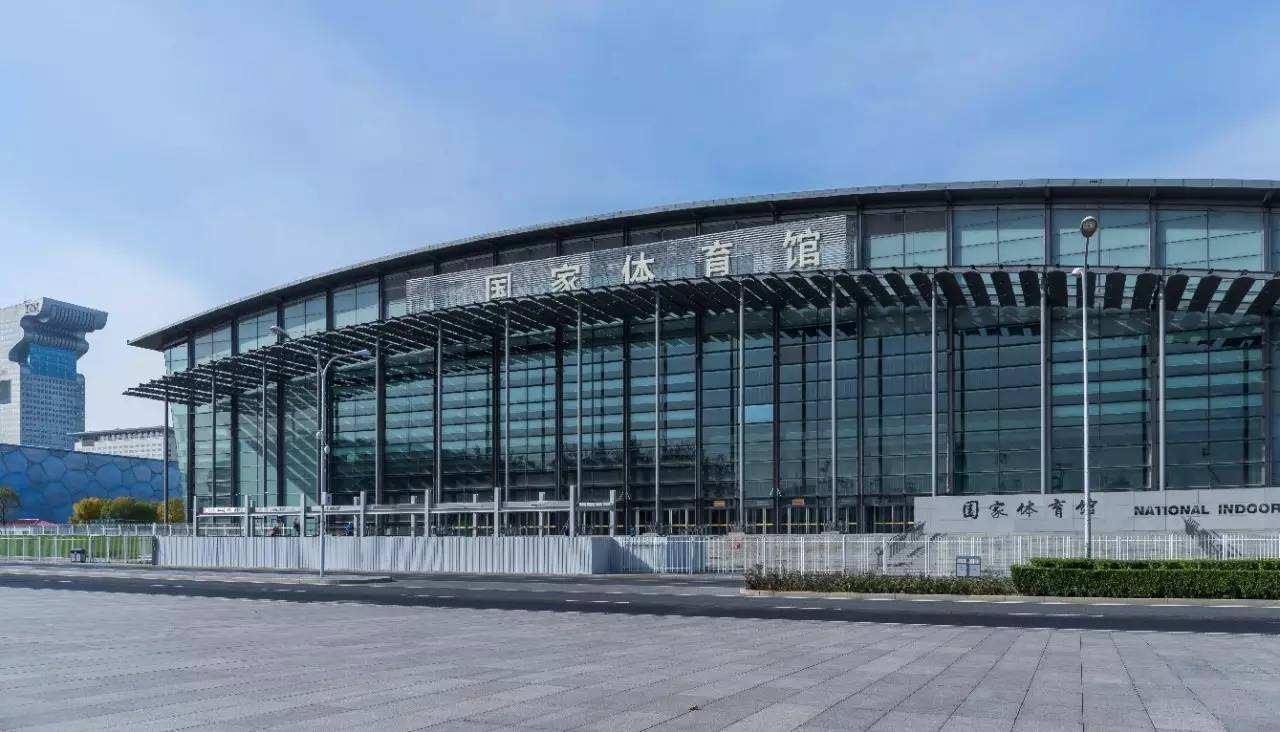

Pi’s representatives in China have completed installation of two recirculating cooling water systems at the China National Indoor Stadium, one of the venues hosting the ice hockey tournament at the
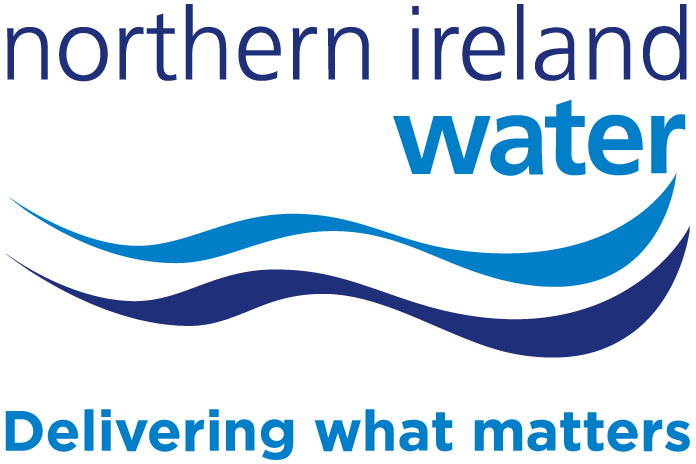

Pi supply products to NIW Process Instruments have been awarded a new agreement to supply instrumentation to Northern Ireland Water (NIW). NIW recently updated their framework agreement, with Pi being


In February, Pi’s head office contact for Australia, Julius Guth, visited Bintech who have been Pi’s distributor in Australia for over 5 years. Pi and Bintech supply products across Australia


In October 2016, Pi hosted a 3 day training session in Singapore for distributors based in Asia. Distributors from Singapore, India, China, South Korea, Thailand, Vietnam, Malaysia, Taiwan and Indonesia










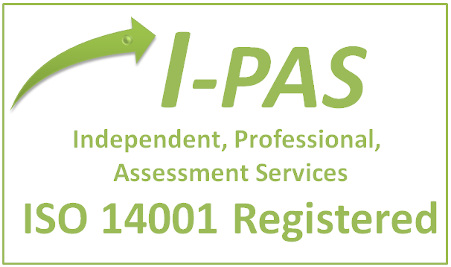





Subscribe to receive technical and applications information in the following categories: